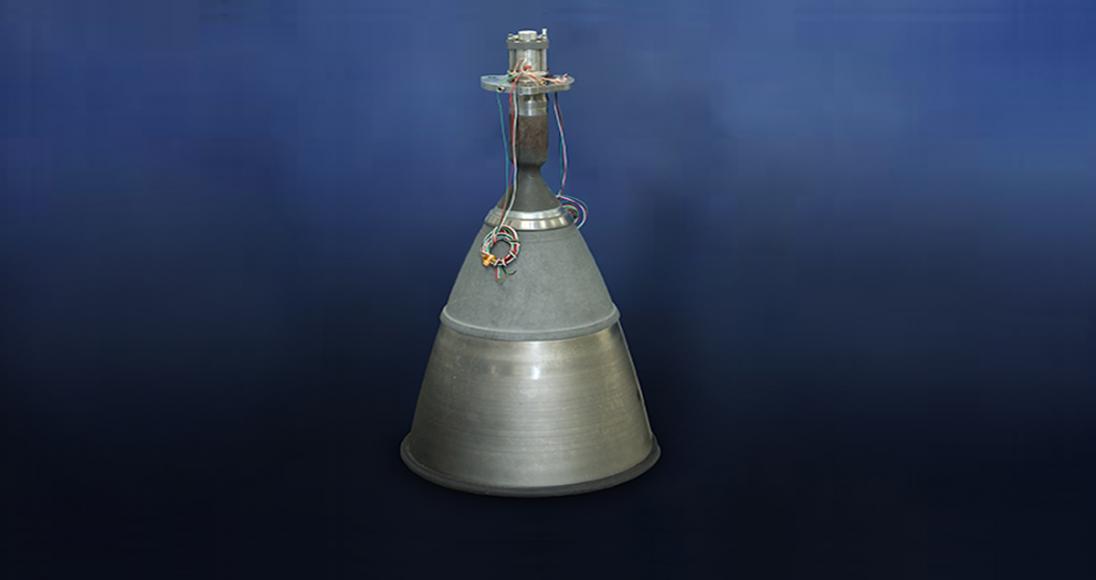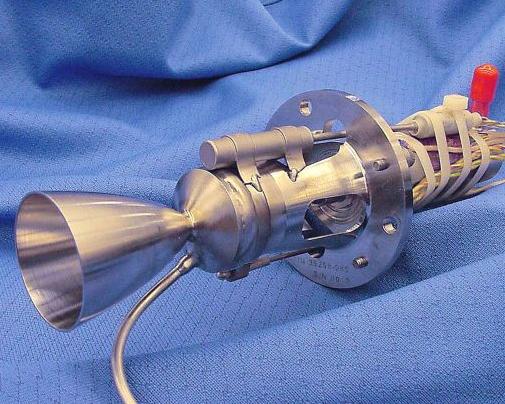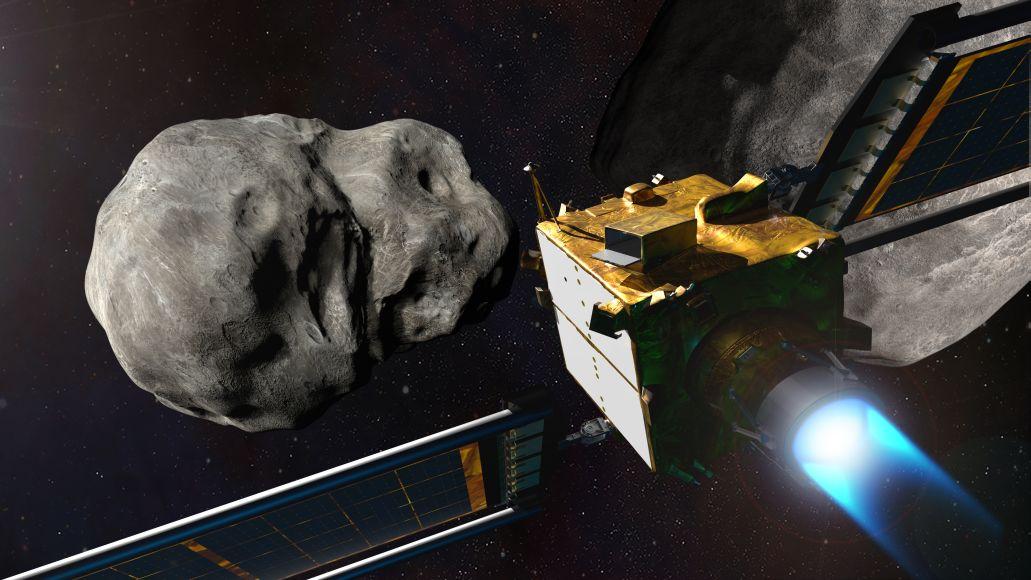Bipropellant In-Space Propulsion
Enabling in-space operations and exploration
Beginning with the Apollo missions to the Moon, Aerojet Rocketdyne has delivered more than 2,500 bipropellant rocket engines for in-space propulsion use. Aerojet Rocketdyne has bipropellant in-space rocket engines ranging in thrust level from 2.5-lbf thrust to 6,000-lbf thrust.
Bipropellant engines produce thrust when two propellant valves open and liquid fuel (typically monomethyl hydrazine, or hydrazine) and liquid oxidizer (nitrogen tetroxide) hypergolically ignite in the chamber. The resulting hot gas exits the nozzle, creating thrust.
Key Features
Bipropellant engines are used on various spacecraft for a wide variety of missions including geosynchronous-orbiting satellites, International Space Station servicing vehicles, and interplanetary exploration to assist with orbit insertion, delta V, and reaction control.
Data sheets are provided below in the resources section for all of our in-space bipropellant rocket engines, with our most popular engine being the R-4D family of 100-lbf engines.
R-4D Engine Family: Aerojet Rocketdyne’s R-4D engines – a family of 100 pound thrust bipropellant thrusters – that was originally developed for the Apollo missions and was key to the rescue of the Apollo 13 crew. Since then, the R-4D has evolved into the world’s highest reliability apogee insertion engine available today. R-4D engines have flown over 300 apogee-insertion missions, with a 100 percent success rate.
Resources
News Updates
- July 20, 2020 - Aerojet Rocketdyne Completes its Propulsion for NASA’s Artemis II Mission
- May 26, 2020 - Aerojet Rocketdyne’s R-4D engine: From Apollo to Orion and beyond
- June 25, 2019 - Aerojet Rocketdyne Delivers Orion Auxiliary Engines for Artemis 2
- March 15, 2019 - Aerojet Rocketdyne Powers WGS-10 Military Communications Satellite from Launch Pad to Orbit
- Aug. 18, 2017 - Aerojet Rocketdyne Supports Launch of Satellite for NASA's Space Network
- April 27, 2017 - Aerojet Rocketdyne Propulsion Guides Cassini on Its Grand Finale at Saturn
- March 18, 2017 - Aerojet Rocketdyne Supports ULA Launch of Wideband Global SATCOM Spacecraft for the U.S. Military
- Sept. 15, 2017 - Aerojet Rocketdyne Propulsion Guides Cassini on its Grand Finale at Saturn
- Dec. 07, 2016 - Aerojet Rocketdyne Supports ULA Launch of Wideband Global SATCOM Spacecraft for U.S. Military
















